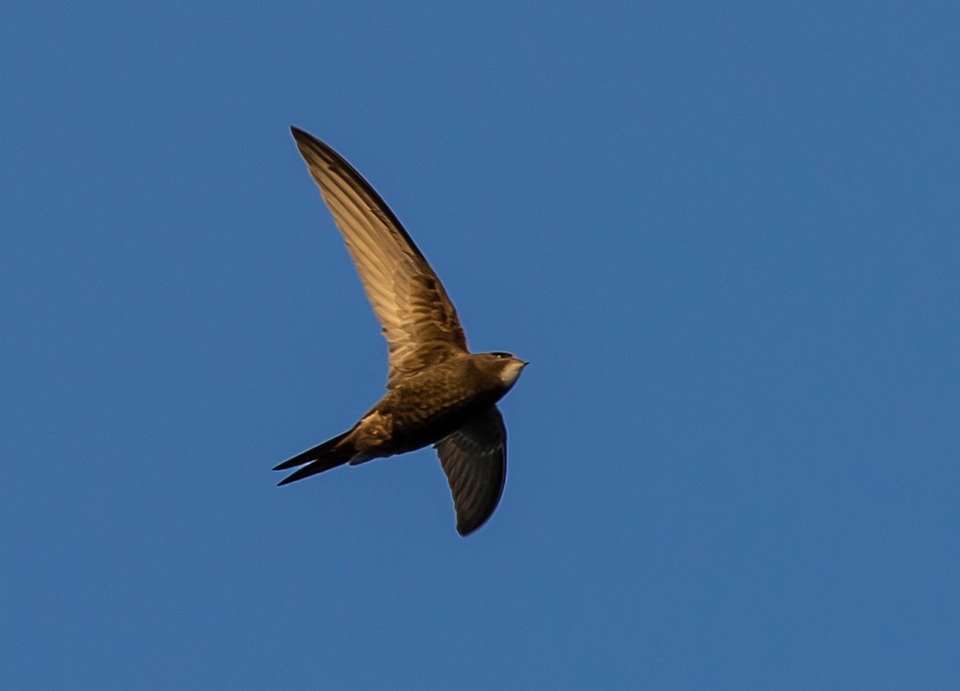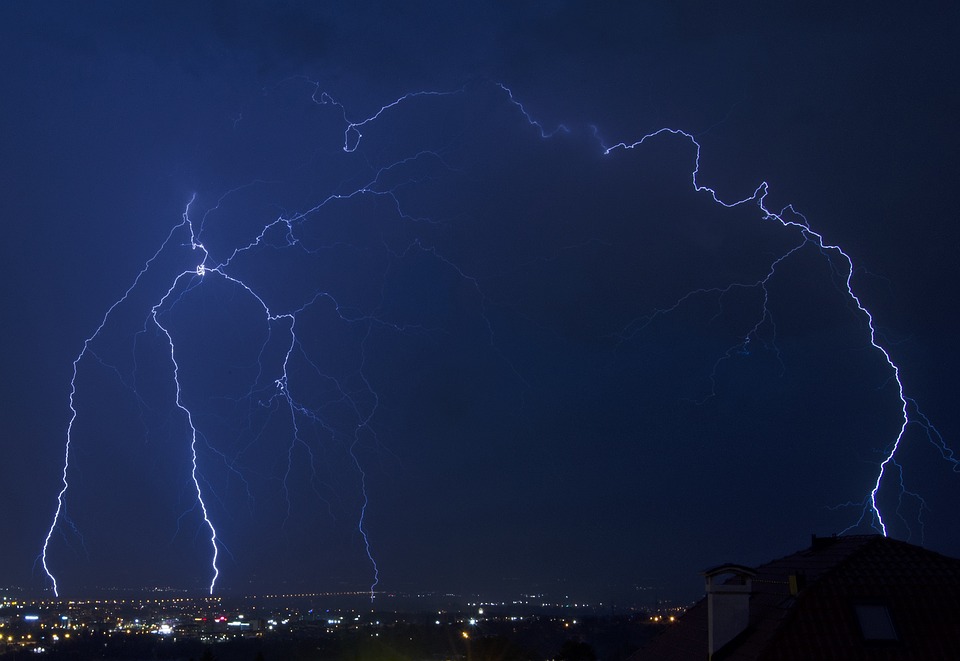Swift and Graceful: Unveiling the Fascinating World of Cheetahs
The cheetah is an enigmatic and breathtaking creature known for its unparalleled speed and agility. As the fastest land animal, it captures the hearts of wildlife enthusiasts and researchers alike. In this article, we will unravel the mysteries behind this swift and graceful big cat, exploring its unique adaptations, intricate behaviors, and conservation status.
The Anatomy of Speed and Agility
The cheetah (Acinonyx jubatus) boasts an array of adaptations that equip it to be a formidable predator. Its slender, streamlined body, rounded head, and distinctive black "tear marks" draw attention to enhance visual depth perception. Powerful leg muscles and a flexible spine work in concert to propel the cheetah at an astonishing 60-70 miles per hour (97-113 kilometers per hour) – fast enough to outrun most cars!
The cheetah’s padded paws have semi-retractable claws for traction, aiding in quick turns and sudden stops. Padded fur on the underside reduces air resistance, while colored fur reflects sunlight, helping cheetahs maintain a cooler body temperature. Space under long, muscular tail acts as a rudder for stabilization during high-speed pursuits.
Hunting Techniques: The Art of Stealth
Cheetahs rely on their speed, rather than strength, to hunt prey. Using a method called "mousetrap hunting," cheetahs observe their prey patiently and plan an attack on a single target. With bursts of acceleration and precision, they maneuver through the savannah and get within striking distance. The chase typically lasts no more than 30 secs before the cheetah closes in for a swift bite on the throat or nose, immobilizing the prey instantly.
Cheetah Family Life and Social Structure
Unlike other big cats, cheetahs exhibit unique behaviors in terms of family dynamics. Female cheetahs often establish their territories near water sources to access prey and hunt independently. Once they give birth, they rear cubs in secluded dens and rely on camouflage and stealth to keep their litter safe from predators.
Male cheetahs form small groups called coalitions, typically siblings, for a better chance of hunting and defending a territory. They may inherit a joint territory or establish their rule from scratch, leading to fierce competition with other male coalitions.
Communication and Cooperation
Cheetahs communicate using a combination of visual cues, body language, and vocalizations. Mother cheetahs stay close to their cubs for the first few weeks, comforting and guiding them through their nascent stages. They use vocalizations such as purring, growling, and chirping to bond and teach their young.
While males typically roam larger territories individually, they can occasionally cooperate during hunts, using team-based tactics to outmaneuver prey. Communication within coalitions includes scent marking and rubbing against trees to signal territorial boundaries and shared resources.
Reproduction and Life Cycle
Cheetahs typically reach sexual maturity between 2 to 3 years of age. Their breeding season aligns with the availability of prey and can occur throughout the year. Gestation lasts 90 to 95 days and usually results in a litter of 3 to 5 cubs. Females may give birth to multiple litters per year, but the high cub mortality rate necessitates the need for more births to sustain population numbers.
Conservation Status and Threats
The cheetah is currently listed as vulnerable on the IUCN Red List. Today, they face multiple threats that jeopardize their survival, including habitat loss and fragmentation, poaching, conflict with humans, and declining genetic diversity.
The cheetah’s habitat, primarily the African savannah, is shrinking as the human population grows and expands. Specific challenges include the destruction of protected areas, encroachment of agriculture, and industrial development. Poaching, driven by illegal trade in cheetah skin and body parts, remains a persistent issue.
FAQs
-
What are cheetahs’ primary sources of prey?
Cheetahs primarily feed on small to medium-sized ungulates, such as springbok, impala, gazelle, wildebeest calves, and young zebra. They occasionally prey on small mammals like hares, as well as lizards and birds. -
How many cheetahs are left in the wild?
According to the latest estimates, approximately 6,700 adult cheetahs exist in the wild, spread across 43 African countries and a small population in Iran. -
Are cheetahs fast because of their diet?
No, the cheetah’s remarkable speed is not due to their diet. Instead, their lean, flexible bodies and long limbs equipped with specially adapted muscles and joints, a large nostrils for increased oxygen intake, and a long tail for balance enable them to sprint fast. -
How can we help conserve cheetahs?
You can contribute to the conservation of cheetahs by supporting organizations like the Cheetah Conservation Fund (CCF), which is dedicated to researching, protecting, and improving the cheetah’s environment through education and community engagement. -
Is it safe for tourists to approach cheetahs?
Close encounters with wildlife, including cheetahs, should be done cautiously and responsibly. Tourists should follow guidelines provided by experienced guides and local regulations, ensuring minimal disturbance to the animals. - Are cheetahs endangered?
Cheetahs are classified as vulnerable, which is one step above endangered on the International Union for Conservation of Nature Red List. This indicates that the species faces a high risk of extinction in the wild.
As we’ve explored, the mesmerizing existence of cheetahs is a testament to the ingenuity of nature. Efforts to preserve these majestic creatures’ habitats and mitigate human-wildlife conflict help ensure that these swift and graceful big cats continue to roam the African savannah for generations to come.
Image: "Family of Cheetahs Resting in the Sun" by Unsplash.com



